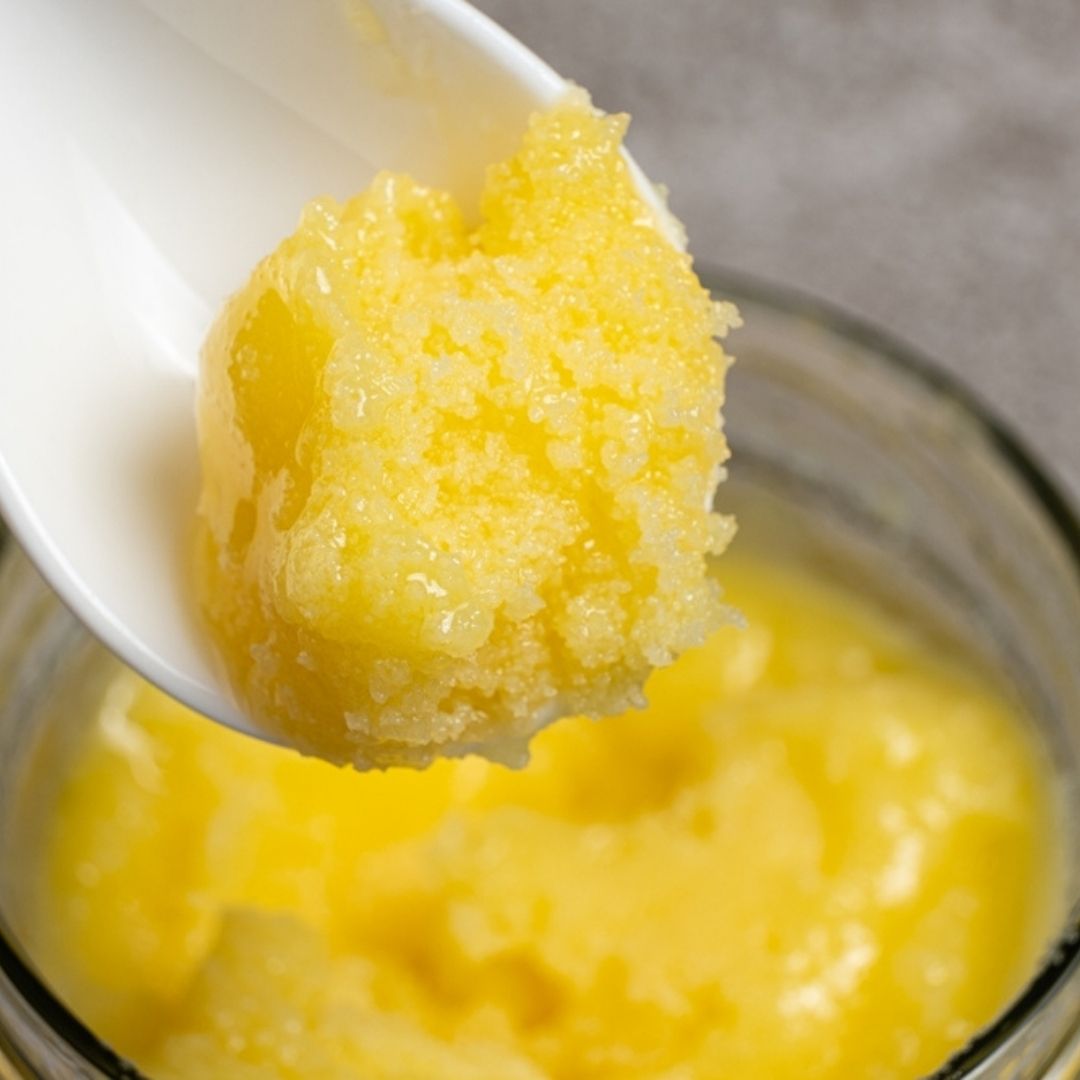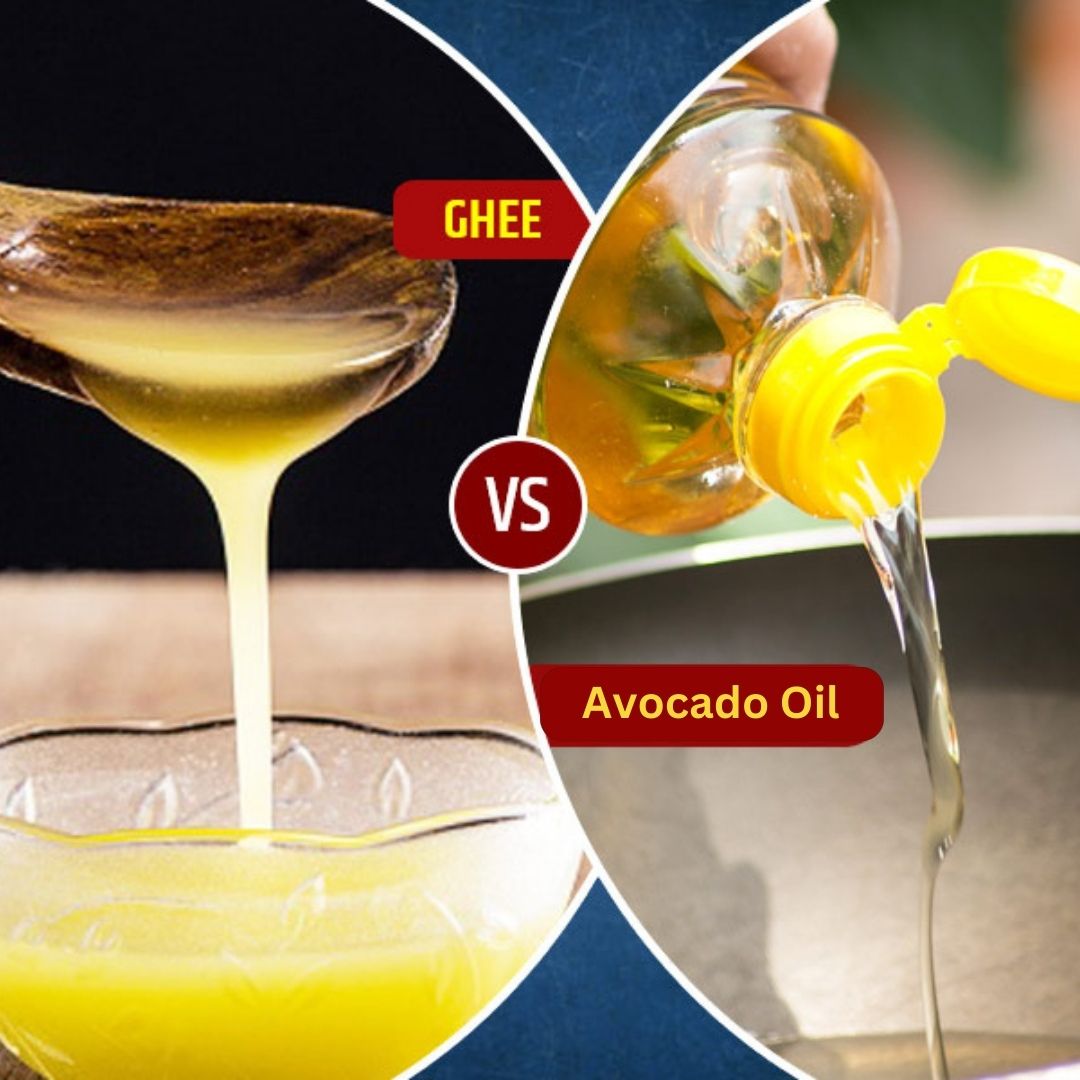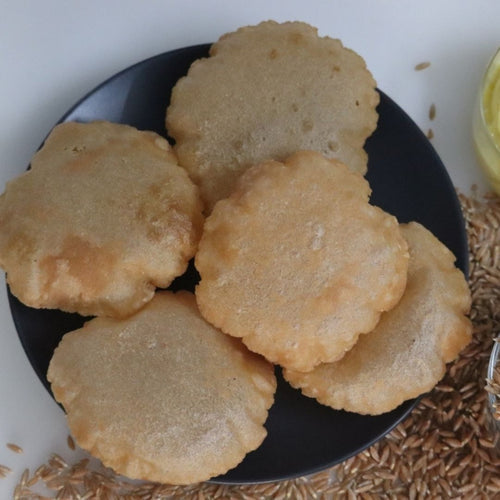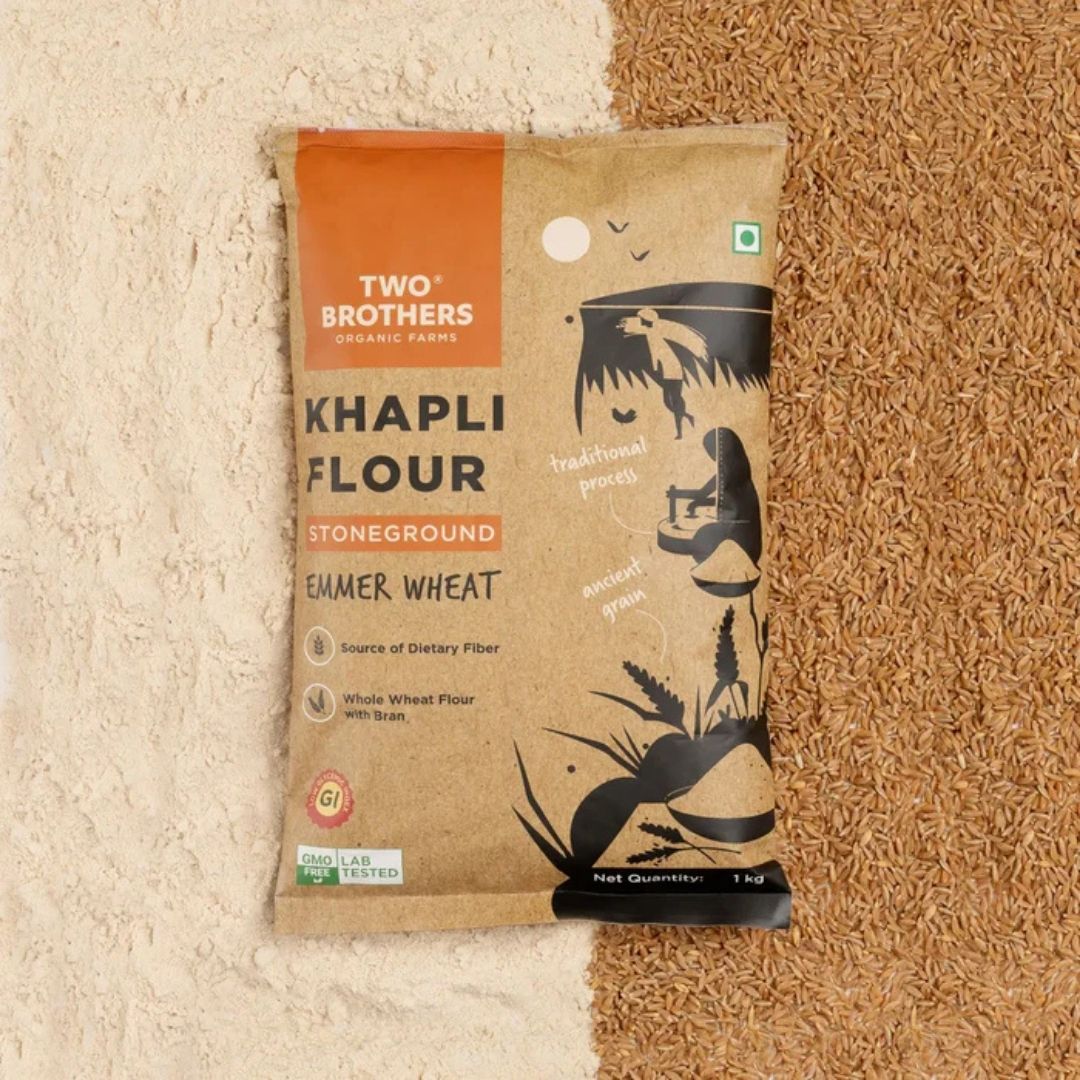Gluten sensitivity has become a common health concern, leading many to seek alternatives to conventional wheat. One such option is Khapli wheat flour, also known as Emmer wheat, which is considered a low-gluten wheat variety. But is it really beneficial for those with gluten sensitivity? In this blog, we will explore the nutritional profile, benefits, and comparison of Emmer wheat vs whole wheat, helping you determine if Khapli wheat flour is the best flour for digestion.
Understanding Gluten Sensitivity
What is Gluten Sensitivity?
Gluten sensitivity, also known as non-celiac gluten sensitivity (NCGS), occurs when individuals experience symptoms after consuming gluten-containing foods but do not test positive for celiac disease. Common symptoms include:
- Bloating and digestive discomfort
- Fatigue
- Headaches
- Joint pain
- Brain fog
Since gluten sensitivity is not the same as celiac disease, some individuals may tolerate certain low-gluten wheat varieties better than others.
Why Reduce Gluten Intake?
For those with mild gluten intolerance, reducing gluten can help:
- Improve digestion
- Reduce bloating and inflammation
- Enhance gut health
- Improve energy levels
This has led to the popularity of ancient grains like Emmer wheat, which is known for its unique nutritional benefits.
What is Khapli Wheat Flour?
Origins and Nutritional Profile
Khapli wheat (Triticum dicoccum), also known as Emmer wheat, is one of the oldest varieties of wheat cultivated for thousands of years. Unlike modern wheat, Khapli wheat is naturally rich in fiber, proteins, and essential minerals like magnesium, iron, and zinc.

Key Nutrients in Khapli Wheat Flour:
- High in fiber – Aids digestion and gut health
- Low in gluten – Easier to digest than regular wheat
- Rich in antioxidants – Supports overall health
- High in protein – Essential for muscle health
Emmer Wheat vs Whole Wheat: Which is Better?
Gluten Content
One of the primary differences between Emmer wheat vs whole wheat is their gluten composition. Modern whole wheat contains a high percentage of gluten, making it difficult for people with gluten intolerance to digest. On the other hand, Emmer wheat has lower gluten, making it a potential alternative for those with mild sensitivity.
Digestibility
Whole wheat is often heavily processed, stripping away essential nutrients and fiber. This can make it harder to digest, leading to bloating and discomfort. Khapli wheat flour, being an ancient grain, retains its natural fiber and digestive enzymes, making it the best flour for digestion.
Read More: About Emmer Wheat’s Popularity
Health Benefits of Khapli Wheat Flour
1. Low-Gluten Wheat for Easier Digestion
Since Khapli wheat flour contains a lower gluten percentage, it is easier on the digestive system. This makes it a great choice for those who experience bloating, indigestion, or other mild gluten-related issues.
2. Improves Gut Health
The high fiber content in Khapli wheat promotes gut health by aiding bowel movements and preventing constipation.
3. Supports Weight Management
Being high in fiber and protein, Khapli wheat flour helps in controlling appetite, reducing cravings, and promoting a healthy metabolism.
4. Rich in Antioxidants and Micronutrients
Unlike processed whole wheat flour, Khapli wheat is loaded with essential minerals like iron, magnesium, and zinc, which support immunity and overall health.
Is Khapli Wheat Flour Suitable for Gluten-Sensitive Individuals?
Who Can Benefit from Khapli Wheat?
- Individuals with mild gluten sensitivity – Due to its low-gluten nature, Khapli wheat flour can be tolerated better than modern wheat.
- People with digestive issues – The fiber-rich nature aids digestion and reduces bloating.
- Health-conscious individuals – Ideal for those looking for an ancient grain with high nutritional benefits.
Who Should Avoid It?
- People with celiac disease – Since Khapli wheat still contains gluten, it is not safe for those with celiac disease.
- Individuals with severe gluten intolerance – Even though it is a low-gluten wheat, it may still trigger symptoms in those who are highly sensitive.
How to Use Khapli Wheat Flour in Your Diet
Best Ways to Incorporate It:
- Rotis & Chapatis – A healthier alternative to regular wheat flour.
- Baking – Use for making nutrient-rich bread, cookies, and muffins.
- Porridge – A great breakfast option for a fiber-rich meal.
- Pasta & Noodles – Opt for Khapli wheat-based pasta for better digestion.
FAQs
1. Is Khapli wheat flour completely gluten-free?
No, Khapli wheat flour is a low-gluten wheat, not gluten-free. It is not suitable for those with celiac disease.
2. Can Khapli wheat help with weight loss?
Yes, its high fiber and protein content help in keeping you full for longer, reducing overall calorie intake.
3. How is Khapli wheat different from modern whole wheat?
Emmer wheat vs whole wheat differs in terms of gluten content, nutrient retention, and digestibility. Khapli wheat is more nutritious and easier to digest.
4. Can I use Khapli wheat flour for baking?
Yes! You can use it for making bread, cookies, and other baked goods while retaining its nutritional benefits.
5. Where can I buy Khapli wheat flour?
You can purchase high-quality low-gluten wheat flour from Two Brothers Organic Farm USA store
Conclusion
Khapli wheat flour offers a low-gluten alternative to modern wheat, making it beneficial for those with mild gluten sensitivity and digestive issues. Its high fiber, rich nutrient profile, and easy digestibility make it one of the best flour options for overall health. However, individuals with severe gluten intolerance or celiac disease should avoid it.
If you’re looking for a healthier, ancient grain that supports digestion and overall well-being, Khapli wheat flour could be an excellent addition to your diet.








